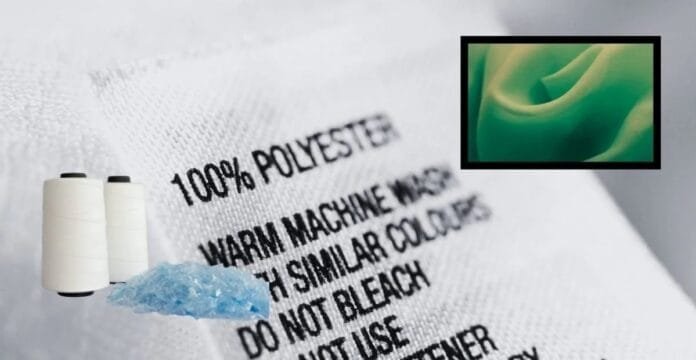Polyester is one of the most widely used fabrics in the world. It is known for its strength, versatility, and affordability. From clothing to home furnishings, polyester plays an important role in our daily lives. But did you know that polyester comes in different types? Each type has its own features, uses, and benefits.
In this blog, we will explore the main types of polyester fabric, their characteristics, and their common applications.
What is Polyester Fabric?
Polyester is a synthetic fabric made from petroleum-based products. Its scientific name is polyethylene terephthalate (PET). Furthermore, it is lightweight, wrinkle-resistant, quick-drying, and durable. These qualities make it one of the most popular fabrics in the textile industry.
Over time, different forms of polyester have been developed to meet various needs in fashion, upholstery, and industrial use. “Read More“
Types of Polyester Fabric
1. PET Polyester (Polyethylene Terephthalate)
PET polyester is the most common form of polyester. It is lightweight, durable, and shrink-resistant. It is also recyclable, which makes it more sustainable compared to some other synthetics.
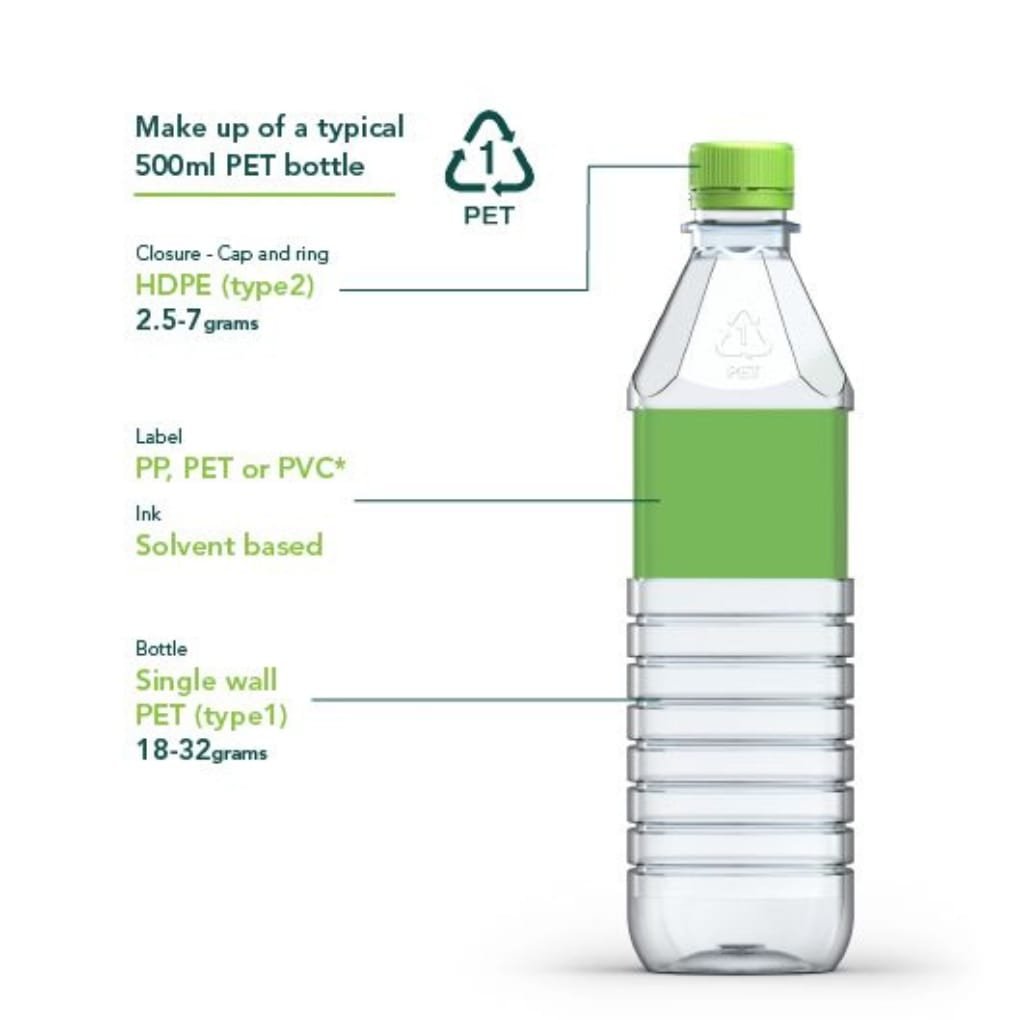
Uses: Clothing, sportswear, upholstery, and packaging.
2. PCDT Polyester
PCDT Polyester type is stronger and more elastic than PET. It is heavier and offers better stretch recovery, but it is less commonly used.
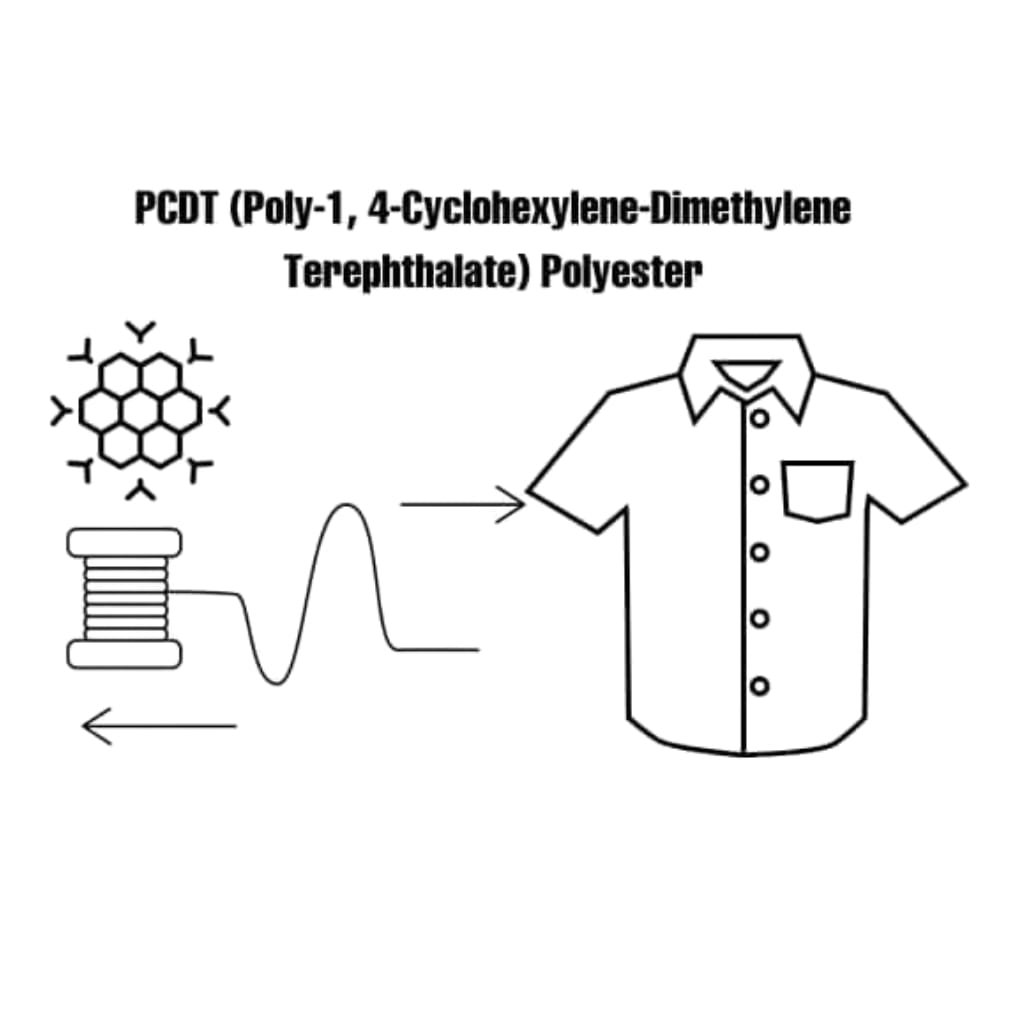
Uses: Upholstery, curtains, and heavy-duty textiles.
3. Microfiber Polyester
Microfiber Polyester is made from extremely fine polyester fibers. It is soft, breathable, and water-resistant.
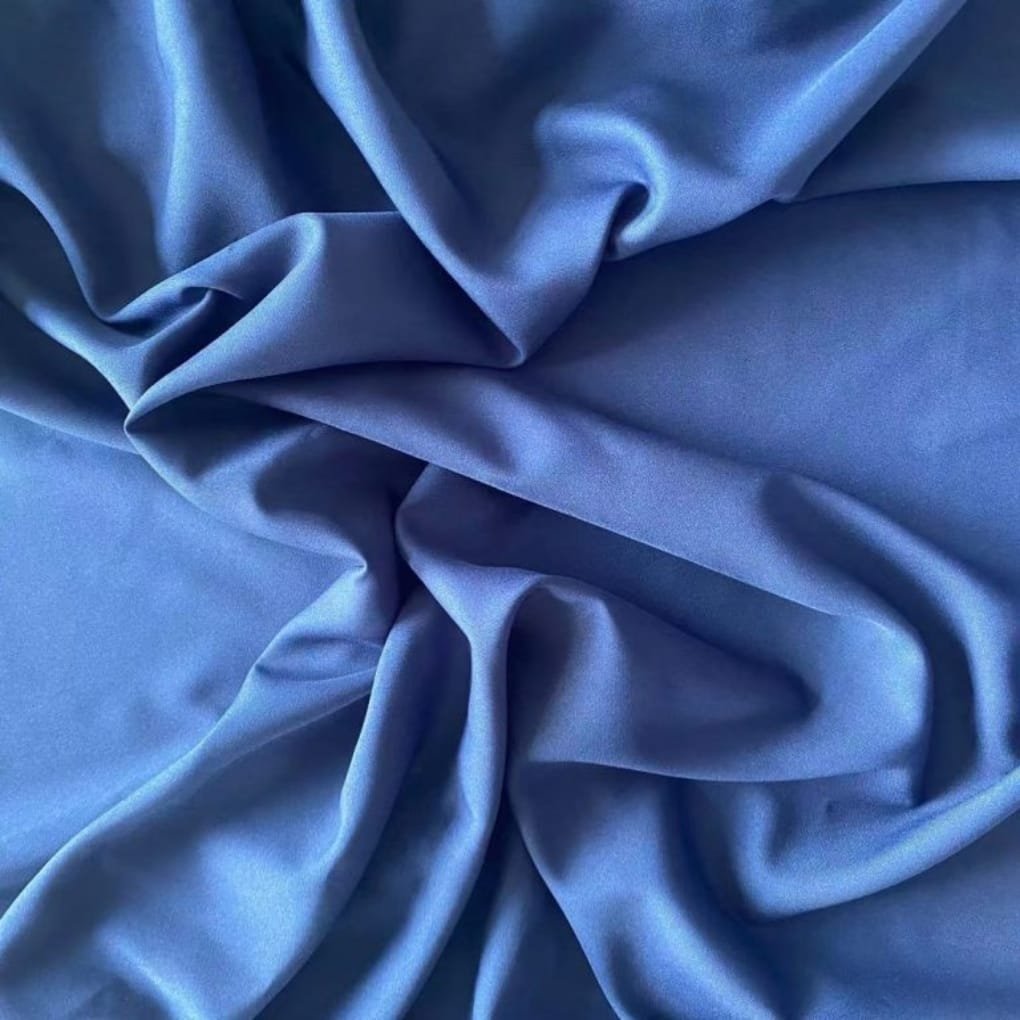
Uses: Sportswear, bedding, cleaning cloths, and fashion apparel.
4. Recycled Polyester (rPET)
In addition, recycled polyester is made from PET bottles and plastic waste, which reduces environmental impact and supports sustainability.
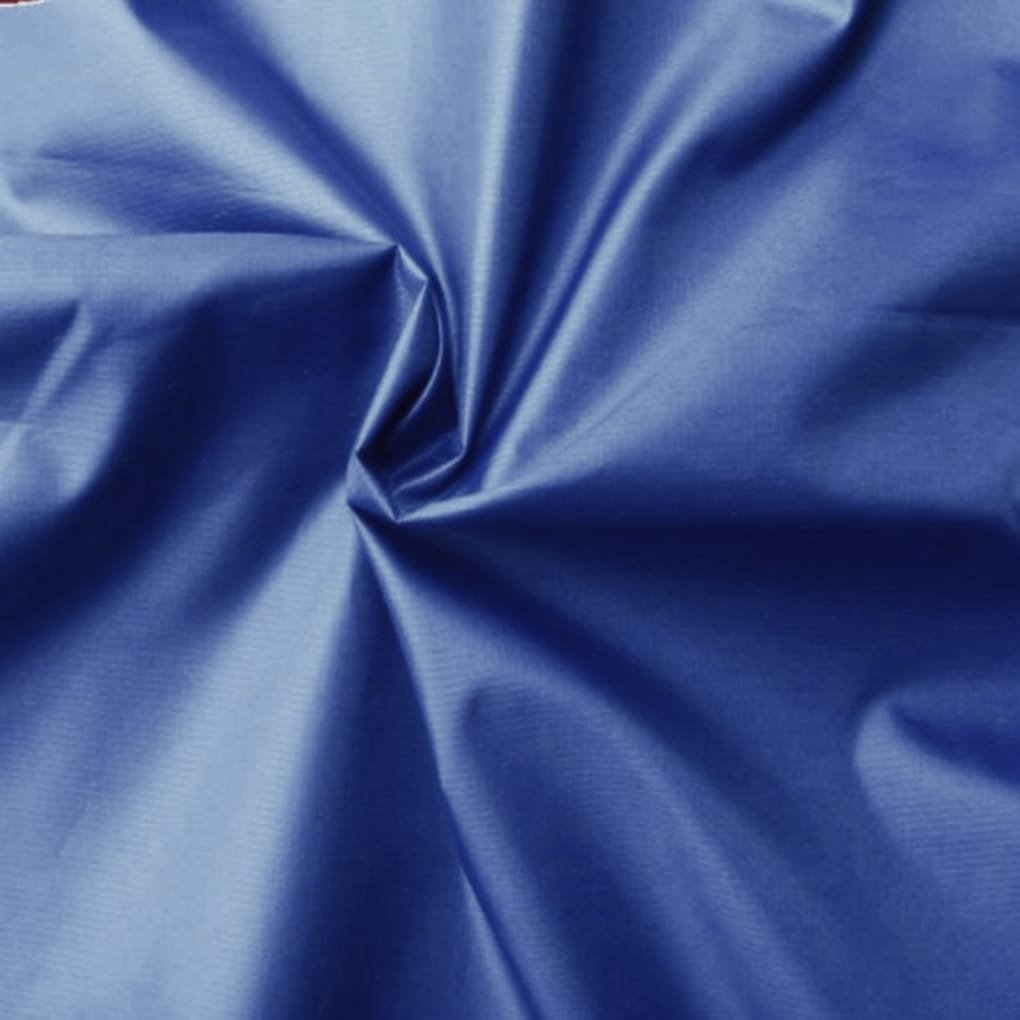
Uses: Eco-friendly fashion, outdoor gear, and home textiles.
5. Blended Polyester
Polyester is often blended with cotton, wool, or rayon; therefore, these blends combine polyester’s durability with natural fiber comfort.
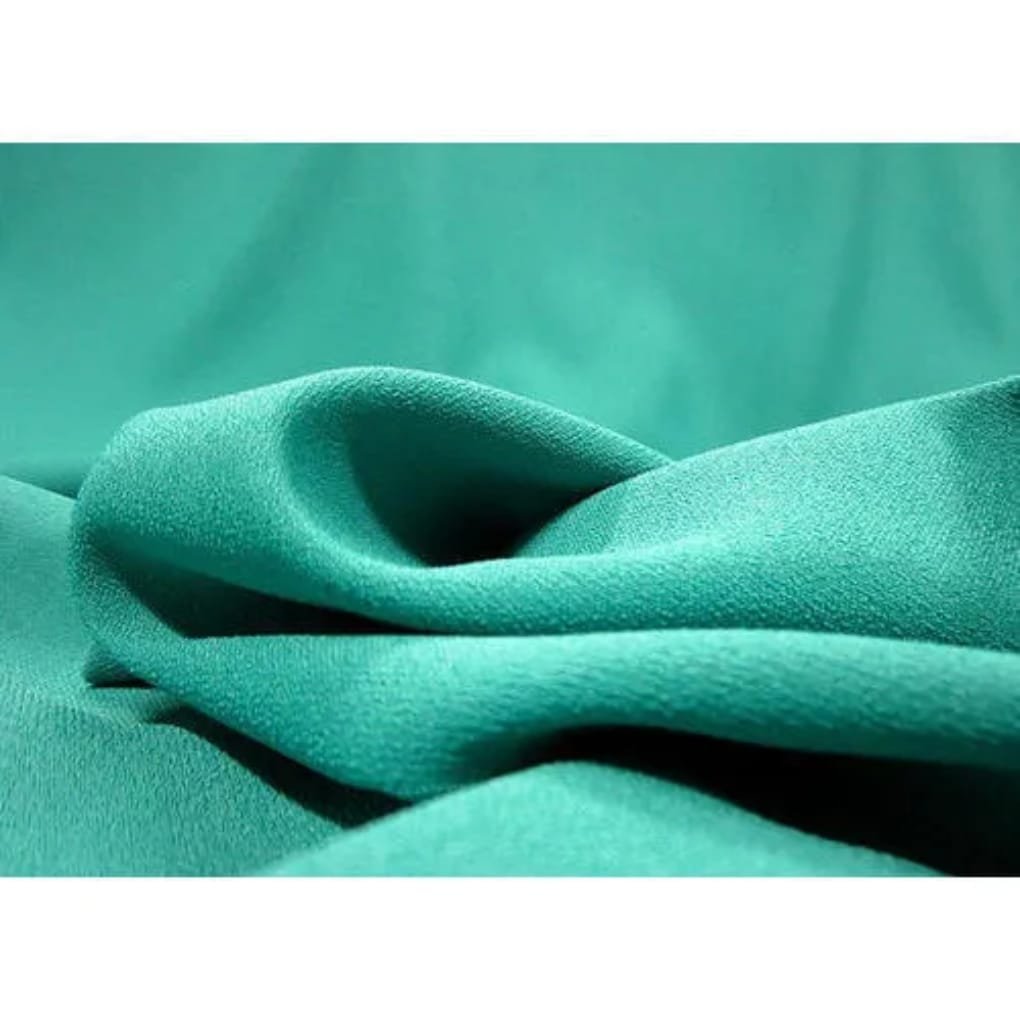
Uses: Workwear, everyday clothing, and household fabrics.
6. Textured Polyester
Furthermore, through special processes, polyester can be given a textured look, which makes it more elastic and comfortable.
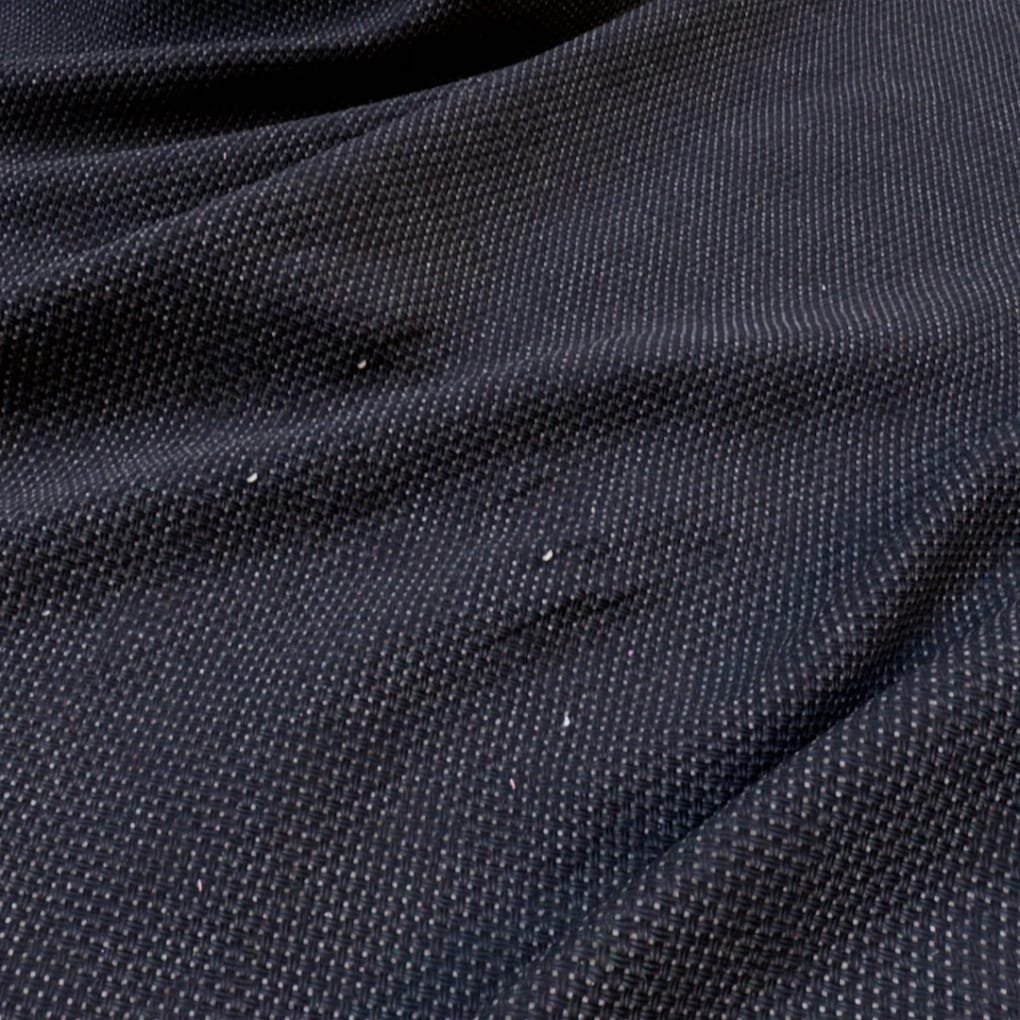
Uses: Furniture textiles, stretch wear, and casual clothing.
7. Spun Polyester
Made by spinning short spun polyester fibers together, this type feels like cotton but is stronger.
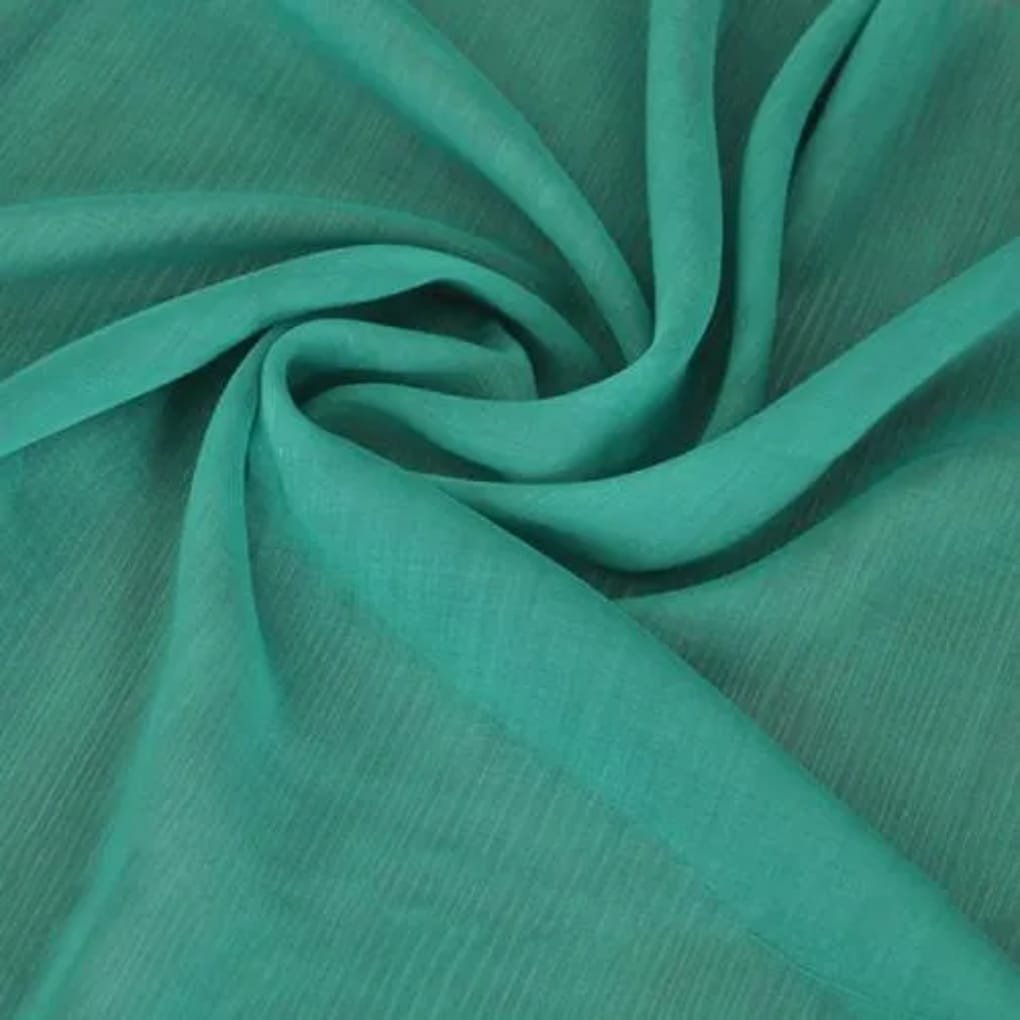
Uses: Sewing threads, bed linens, and tablecloths.
8. Filament Polyester
Filament polyester is made from long continuous fibers; therefore, it has a smooth and shiny appearance.
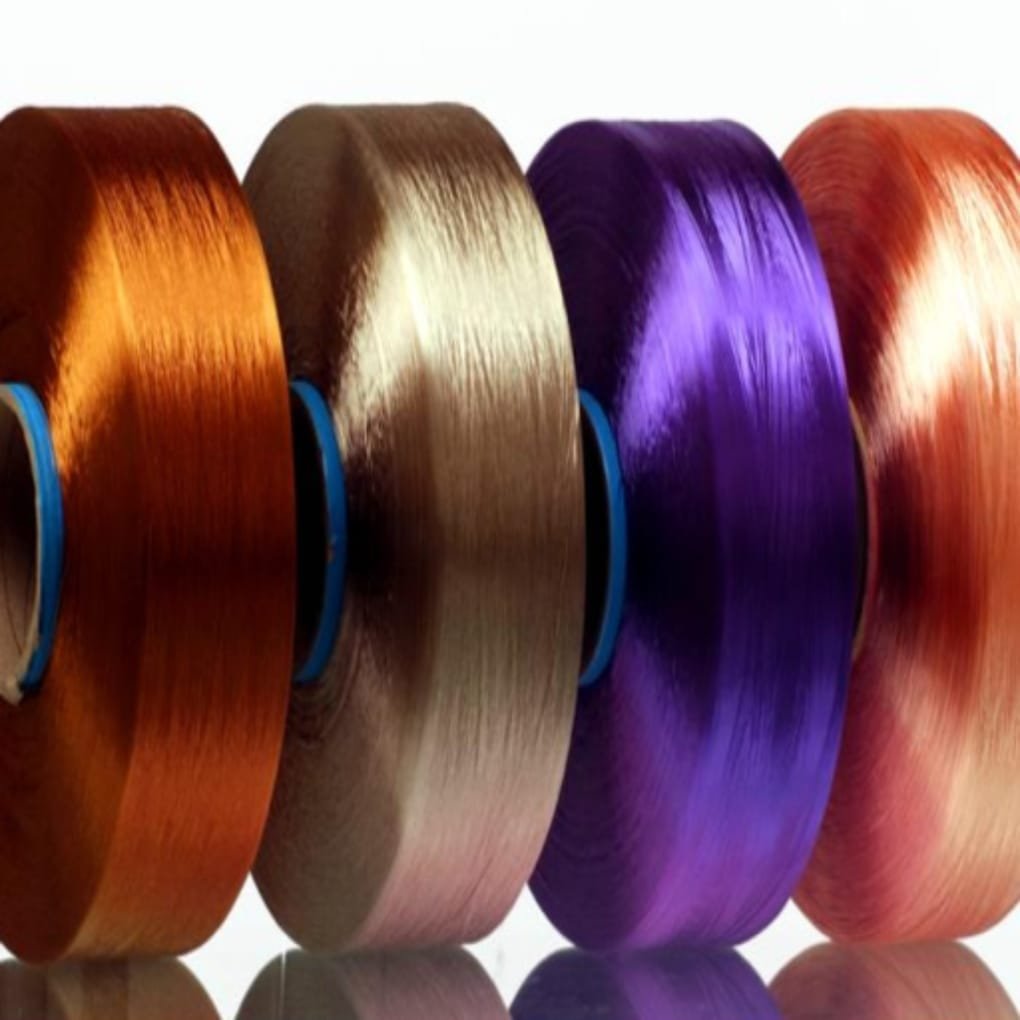
Uses: Silky fabrics, linings, and formal wear.
9. Solution-Dyed Polyester
In this type, fibers are dyed during production instead of after weaving. The color becomes permanent and resistant to fading.
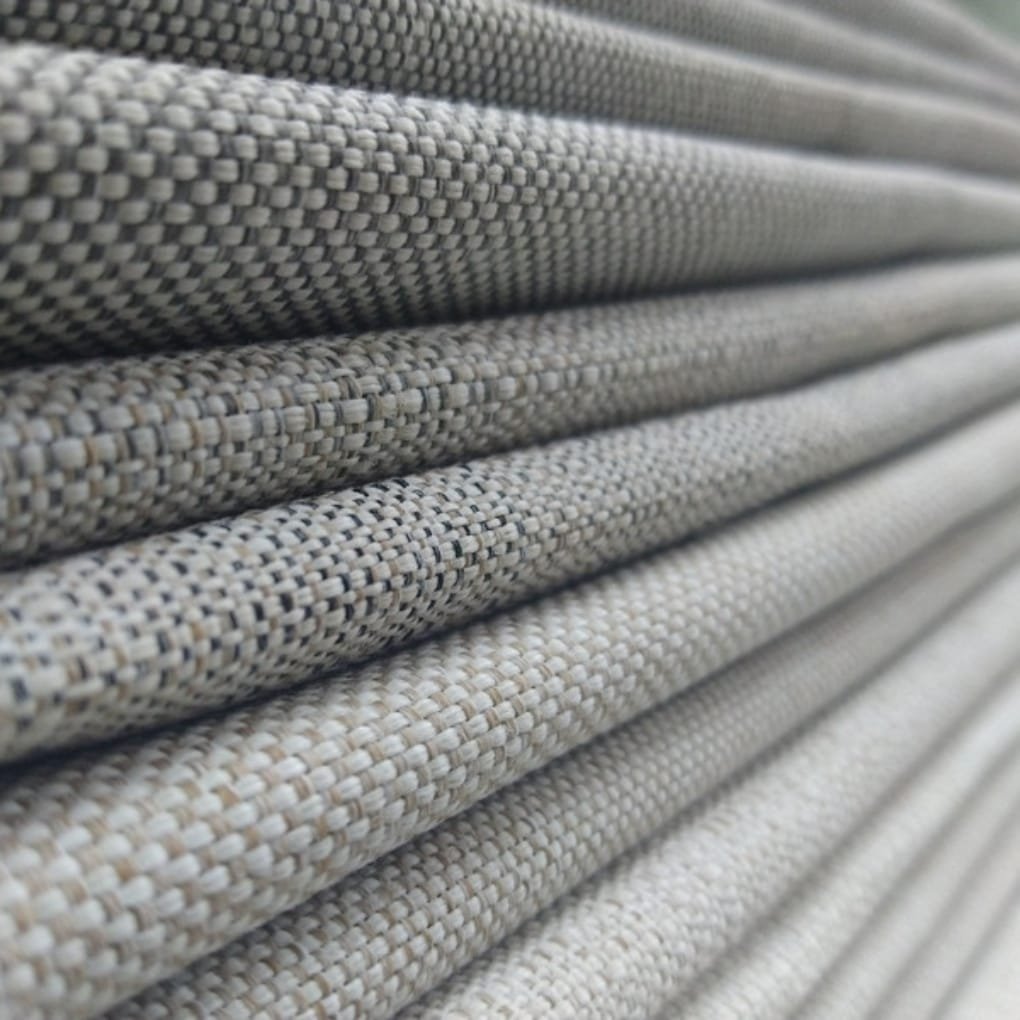
Uses: Outdoor fabrics, upholstery, and awnings.
10. Hollow Polyester Fiber
Furthermore, this fabric has a hollow core that traps air for insulation. It is lightweight and soft.
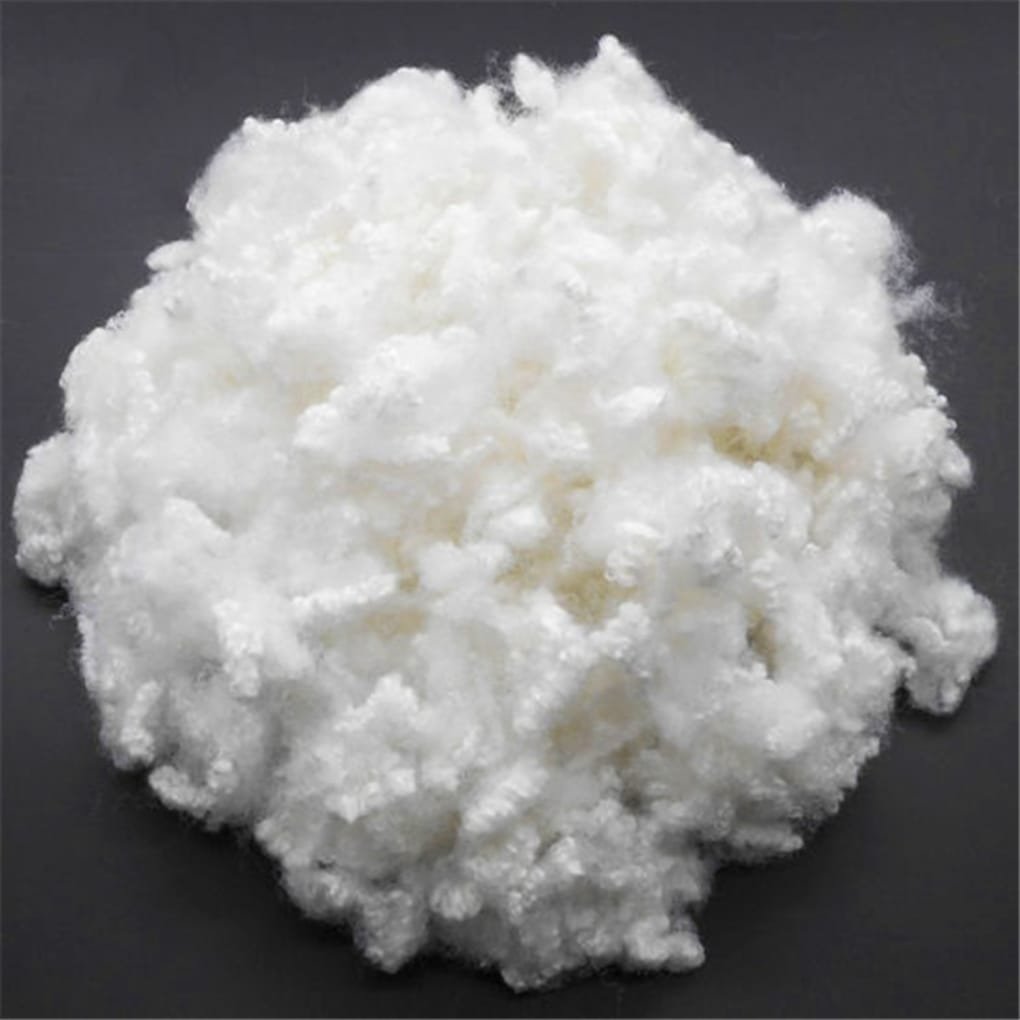
Uses: Pillows, cushions, and winter jackets.
11. High-Tenacity Polyester
In other words, this is an extra-strong version of polyester that resists wear and tear, even under pressure.
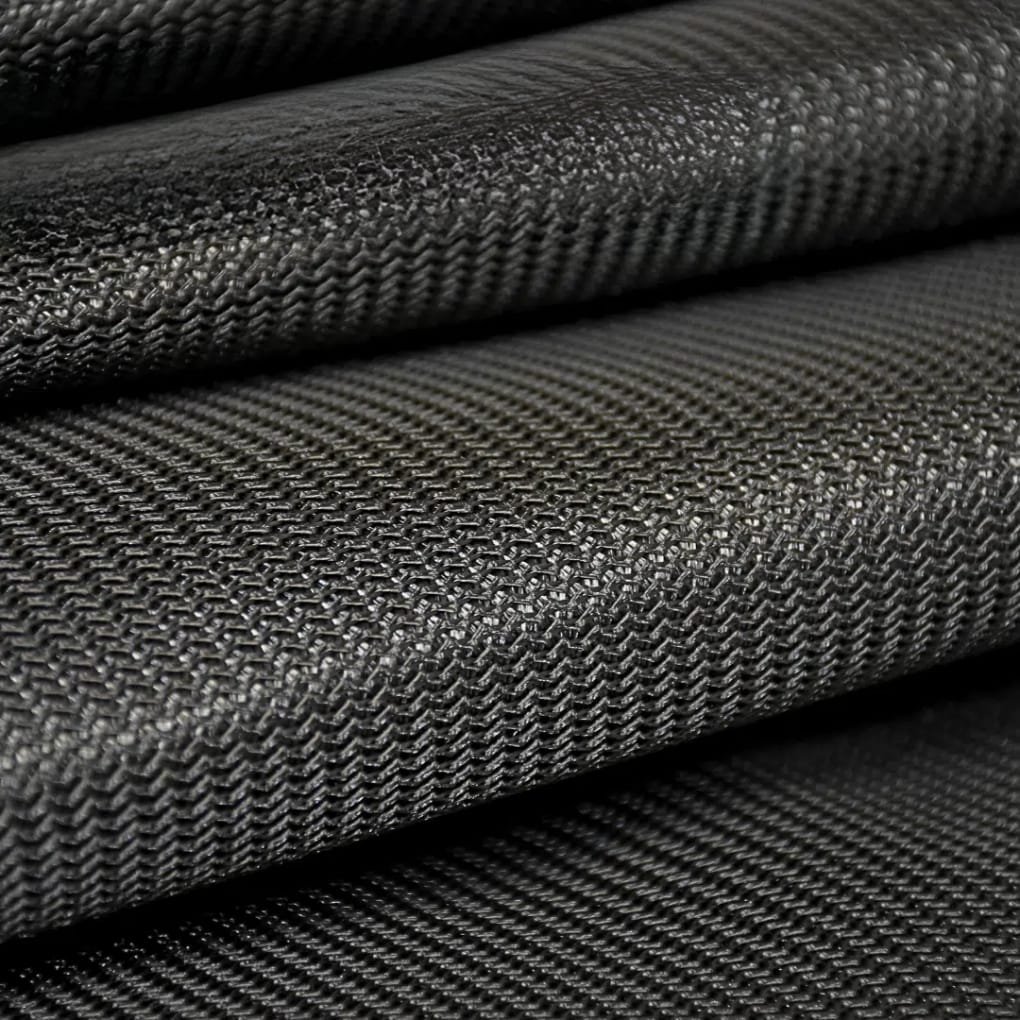
Uses: Ropes, seat belts, tents, and tarpaulins.
12. Cationic Dyeable Polyester (CDP)
CDP is modified to absorb cationic dyes. It allows brighter and more vibrant colors compared to standard polyester.
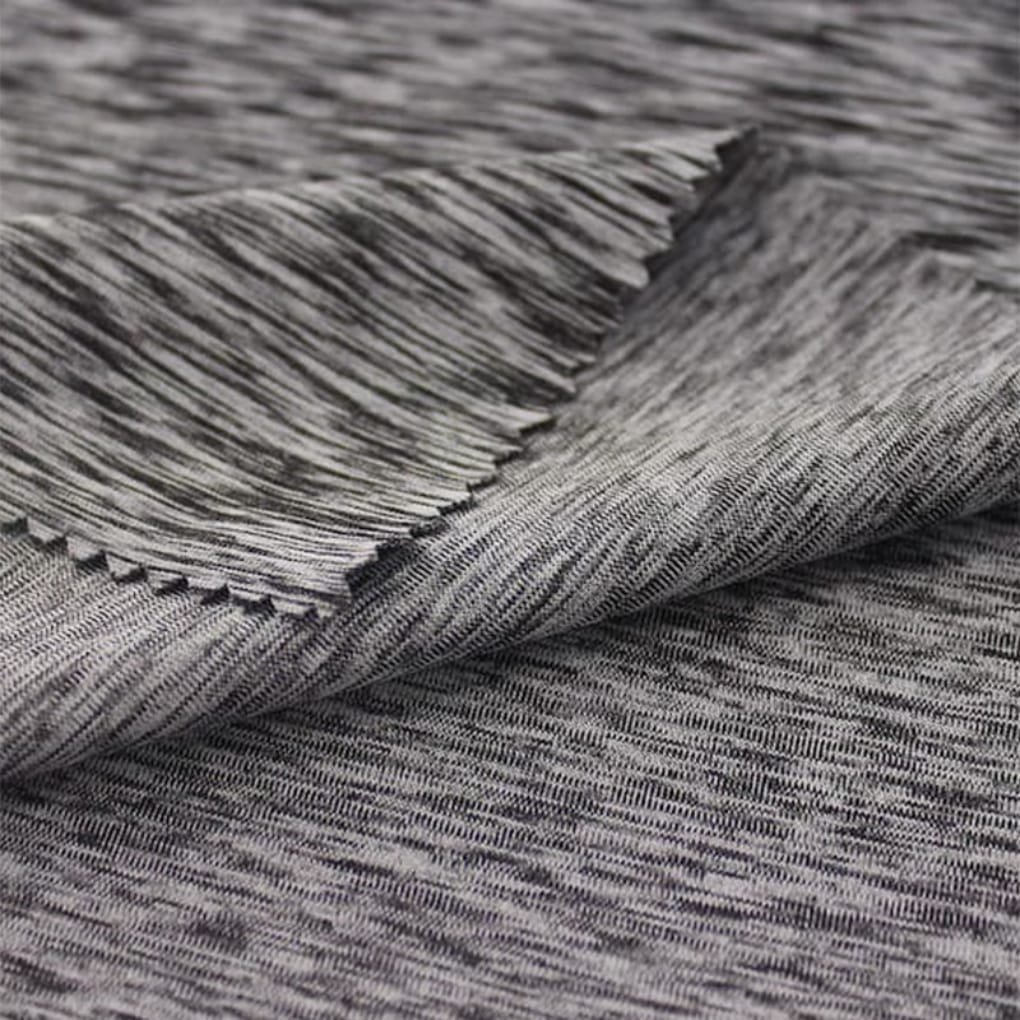
Uses: Fashion fabrics and decorative textiles.
13. Moisture-Wicking Polyester
Furthermore, designed for sports and activewear, this polyester pulls moisture away from the skin, keeping the body cool and dry.
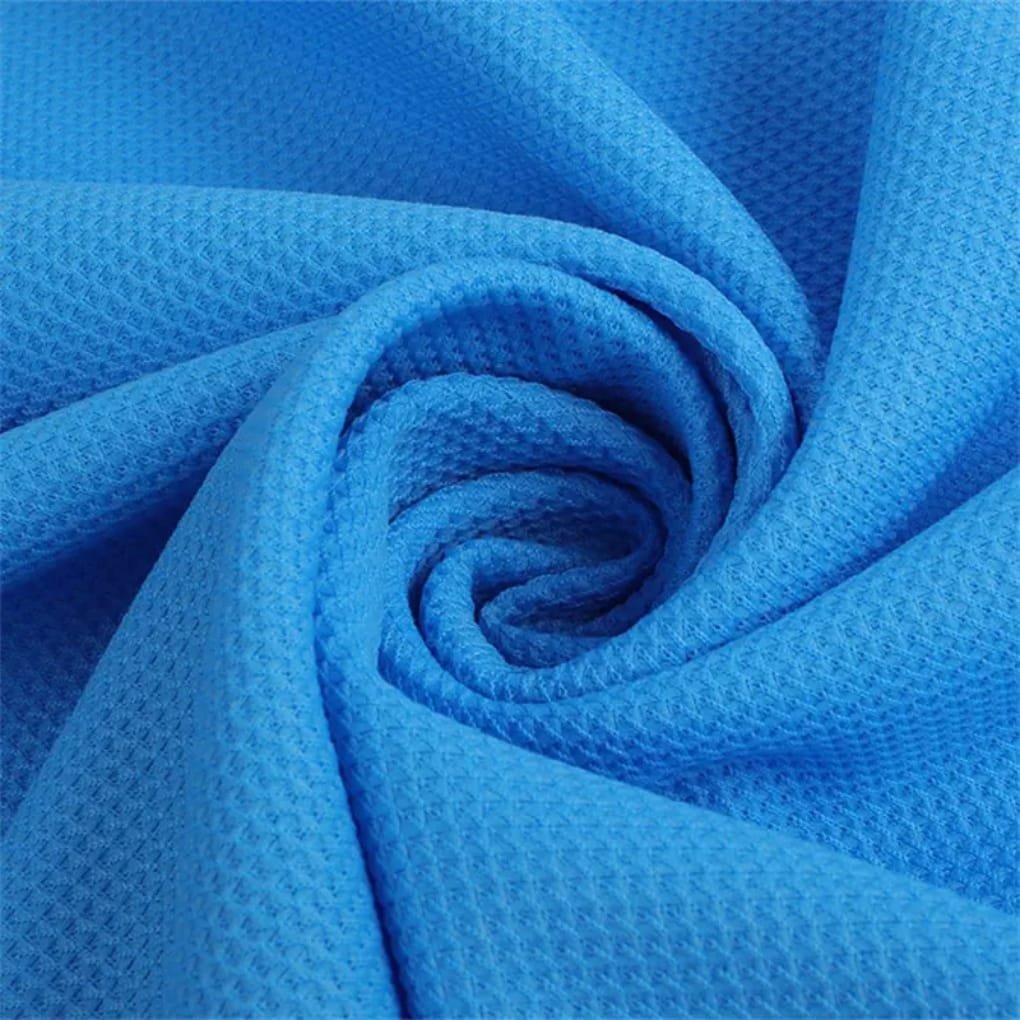
Uses: Gym wear, sports uniforms, and performance fabrics.
14. Flame-Retardant Polyester
Specifically, this type is chemically treated to resist fire and is used in environments where safety is a top priority.
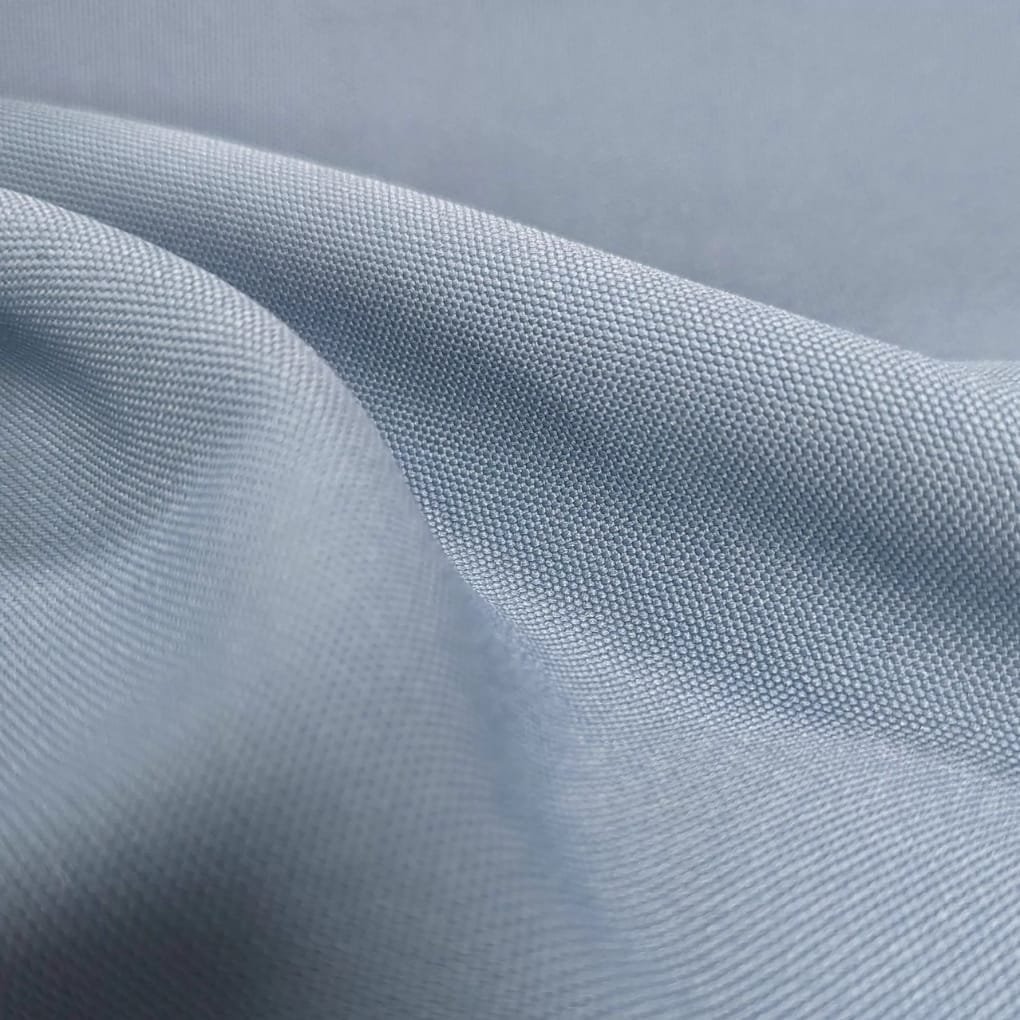
Uses: Workwear, upholstery, and industrial fabrics.
15. Low-Pilling Polyester
Pilling happens when fibers form small balls on fabric surfaces. Low-pilling polyester is engineered to resist this problem, keeping clothes looking new.
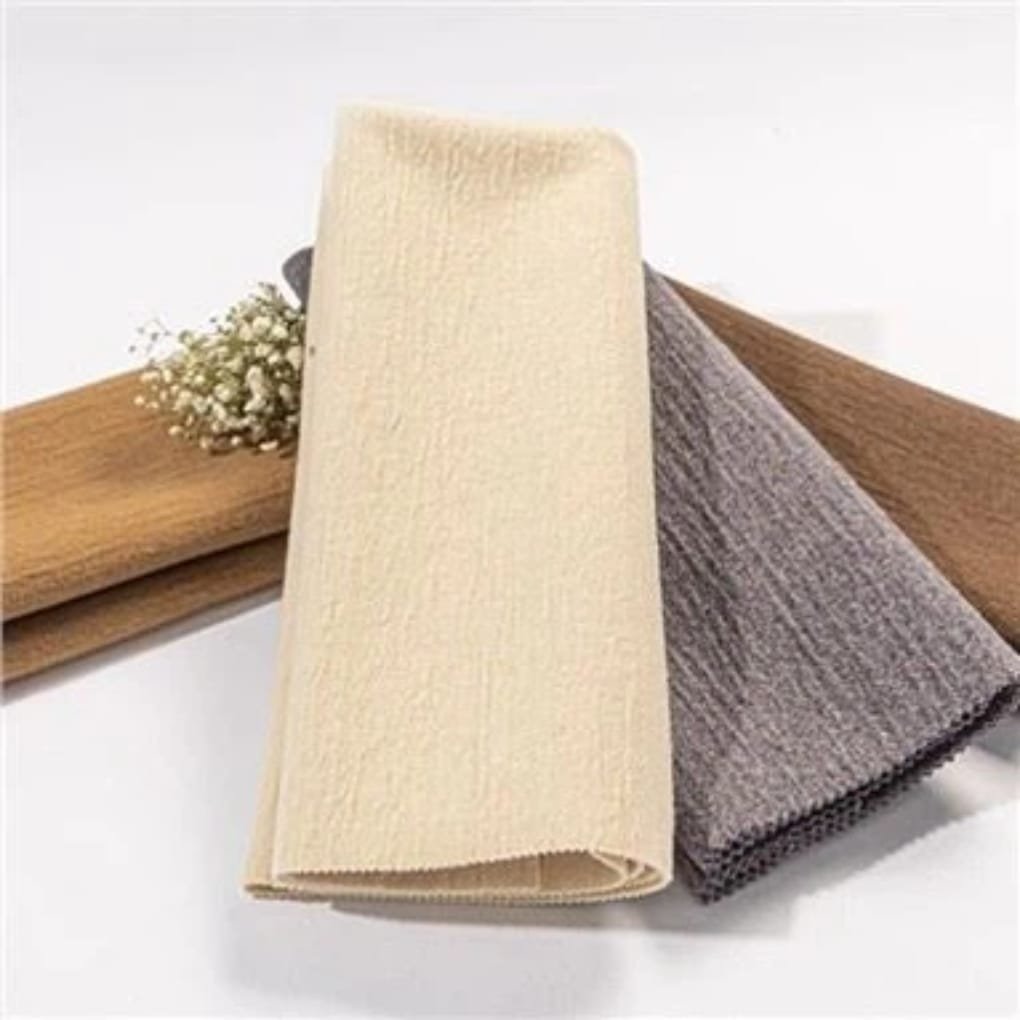
Uses: Sweaters, upholstery, and everyday wear.
Advantages of Polyester Fabric
- Durable: Strong and long-lasting.
- Wrinkle-Free: Maintains a neat look.
- Affordable: Cheaper than many natural fibers.
- Quick-Drying: Perfect for active and outdoor use.
- Versatile: Suitable for clothing, upholstery, and industrial applications.
conclusion
Polyester is not just one type of fabric—it comes in many forms. From PET polyester to recycled polyester and high-tenacity polyester, each type has its own role. Whether you need durable industrial fabric, soft microfiber for bedding, or eco-friendly recycled polyester, there is a version to meet every need.
By understanding the 15 types of polyester fabric, you can make smarter choices for fashion, home, or indus
FAQS
Is polyester good for clothing?
Yes, polyester is durable, wrinkle-resistant, and affordable, making it a great choice for clothing.
Is polyester fabric breathable?
Regular polyester is not as breathable as cotton, but microfiber polyester offers better breathability.
Does polyester shrink after washing?
No, polyester is shrink-resistant, unlike cotton or wool.

